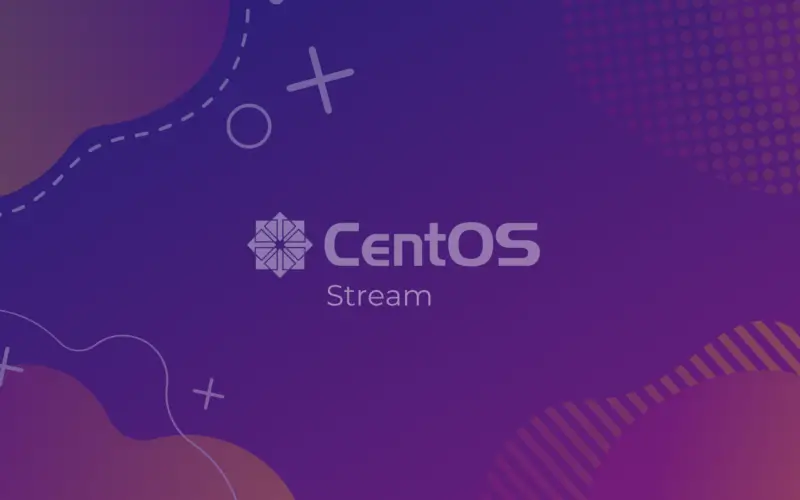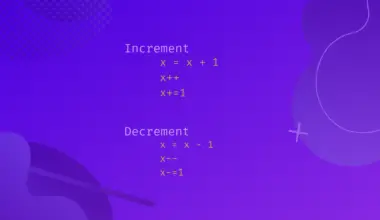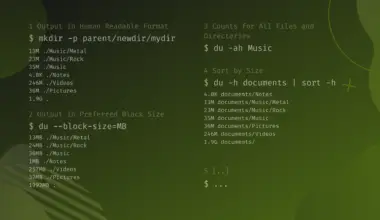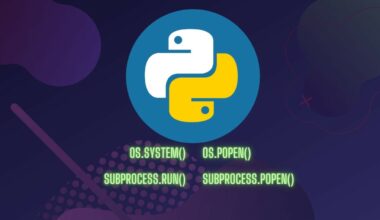CentOS is a community driven Linux distribution, which is an official fork of RedHat Enterprise Linux (RHEL).
After the announcement from RedHat that CentOS 8 has reached End of Life, CentOS have started a new release, named CentOS Stream which will be an upstream release, rather than traditional CentOS Linux. This newly released distro has put the entire community in a mixed position about whom will be most benefitted with the distro and how to use it properly.
In this article, we will try to give a brief discussion over CentOS Stream and everything you need to know about it.
Table of Contents
History of CentOS Stream
The initial release, CentOS Stream 8, was released on 24 September 2019, which was at the same time as CentOS 8 was released. In December 8, 2020, CentOS and RedHat announced the end-of-life (EOL) for CentOS Linux and they also said that they will now shift focus to the CentOS Stream project.
So specifically, CentOS Stream 8 is the upstream for the next minor release of RHEL 8. CentOS Stream 9 will for the next minor release of RHEL 9, and so on.
For more clarity on how CentOS Stream is being developed, I recommend you try the official blog posts on CentOS Continuous Delivery.
Why Stream Is Announced
CentOS Stream was introduced as a development build of RHEL. By working in CentOS Stream between Fedora and RHEL, developers will be working on a rolling preview of what’s coming in the next RHEL release. Enabling access to innovation, faster development and providing a clear method for the broader community to contribute to RHEL releases, CentOS Stream as a DevOps-friendly, continuous integration and continuous delivery (CI/CD) Linux. RedHat thinks and believes that CentOS Stream as the future of CentOS.

Features and Why Use It
CentOS Linux is a rebuild of the current released RHEL content. So, it gets the updates once in a while if any major updates are there to be integrated.
With newer version of YUM based on DNF, desktop with latest GNOME, PHP, Python, MariaDB, Nginx, GCC, CentOS Stream is continuously being updated, and the updates are released as they as soon as they are ready.
New features will be brought into CentOS Stream and then further development and fixation will fix the bugs. After that, these updates will eventually be added to RHEL. As of stated by CentOS and RedHat:
“CentOS Stream will be getting fixes and features ahead of RHEL. Generally speaking, we expect CentOS Stream to have fewer bugs and more runtime features than RHEL until those packages make it into the RHEL release.”
Moreover, it can provide a platform for community innovation and also be used as stable production ready operating system, as per RedHat.
CentOS Stream will also be the center of CentOS Special Interest Groups (SIGs). This assures that SIGs are working on and testing against the future version of RHEL and they will be tested on CentOS Stream instead of building and testing two releases. RHEL development is restricted within Red Hat. So, CentOS Stream here aims to allow the community and developers to have a role in RHEL development and contribute in their way.
And finally, the most important aspect of RedHat, as CentOS Linux EOL had come and no longer supported by CentOS, you now must have to upgrade your system to CentOS Stream 8.
If you’re looking for a test environment, what you will first use for development and then deploy your product on stable RHEL production, then CentOS 9 Stream is the best choice for you.
CentOS Stream is a rock solid, more stable than other rolling release upstream distros out there and just as familiar as CentOS ever was. But if you don’t want to risk your environment with using a cutting-edge rolling release like CentOS steam, you can always opt for RHEL or other alternatives of RHEL.
EOL (End of Life), Lifecycles and Support
As stated in CentOS official website, CentOS Stream 8 EOL is 31-05-2024 and CentOS Stream 9 EOL is estimated 2027, dependent on RHEL9 EOL.
Community Reaction
The community is very negative about the announcement of CentOS Stream and have shared their thoughts on different platforms. People call it profit motivated move, and money grabbing tendency of RHEL. No one has a problem with CentOS stream existing. What people have a problem with is discontinuing of CentOS 8 and 7 and breaching the commitments CentOS, RedHat and IBM made.
A rolling release of a solid platform like RHEL would be a great way for developers to get a glimpse into what’s coming in stable release and RedHat also aims that. So initially people were really excited. But after the announcement of discontinuation of CentOS 8 and EOL of CentOS 7 and 8, they left the community and users in deep trouble to choose between a rolling release and a paid one.
We know CentOS stream is CI/CD friendly and agile, and have the potential to be a great upstream distro, hands down. But why kill another stable release which has massive users and has helped the community a lot by providing what RHEL provides with free of cost.
These changes have pushed the community to develop alternatives to CentOS. Two of the most popular are Rocky Linux and AlmaLinux.
Conclusion
In this article we’ve just shared necessary information related to CentOS Stream and it’s history. If you have any feedback, additional info, or questions feel free to leave us a comment.


![How to Use Autojump Advanced Navigation in Linux 5 j [or] autojump](https://bytexd.com/wp-content/uploads/2022/07/How-to-Use-Autojump-Advanced-Navigation-in-Linux-380x220.png)



